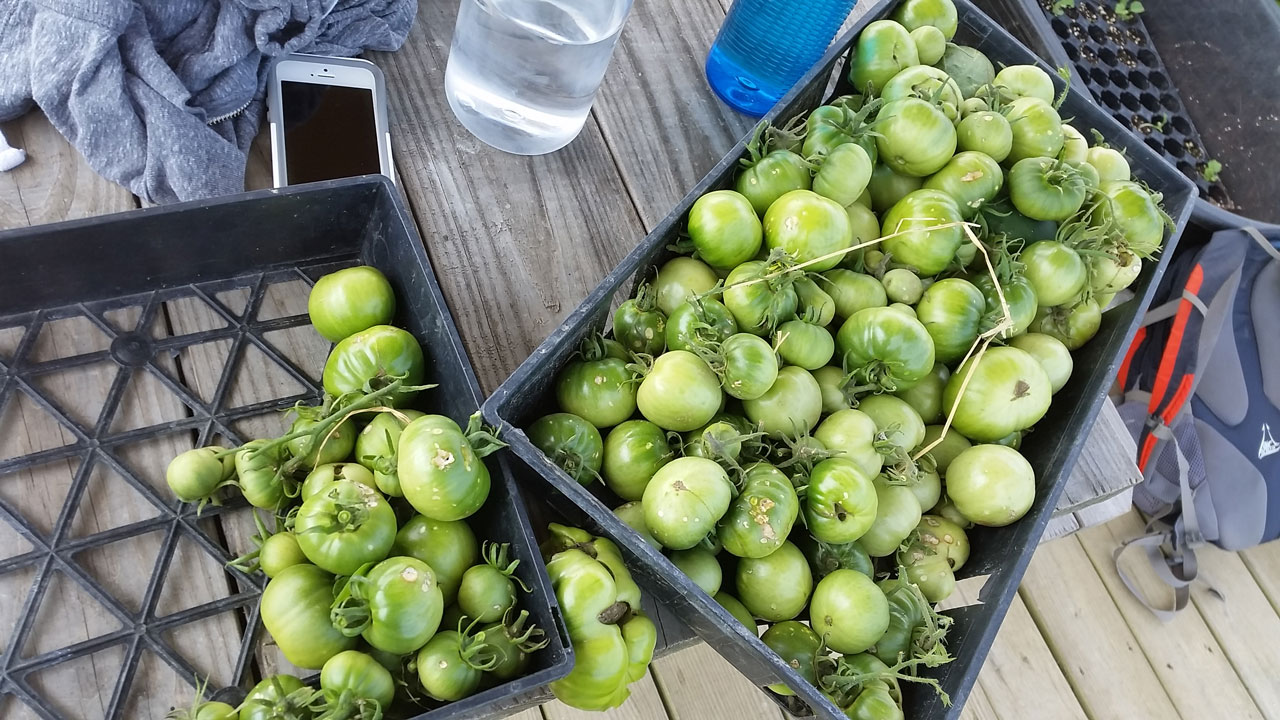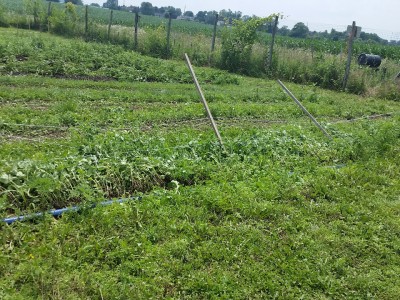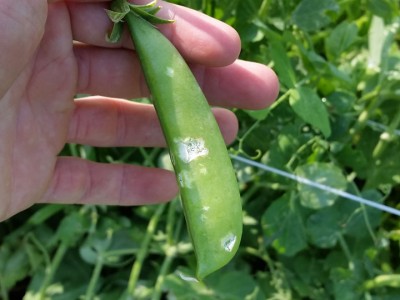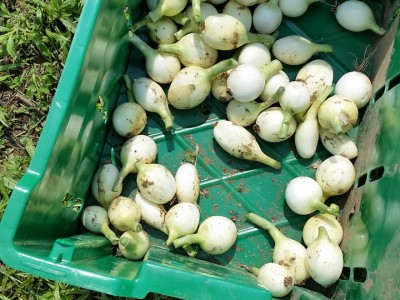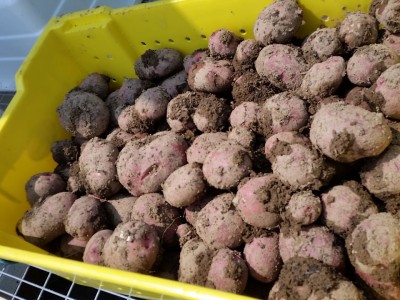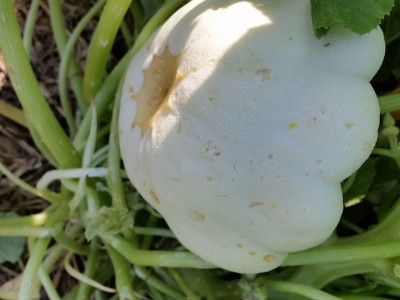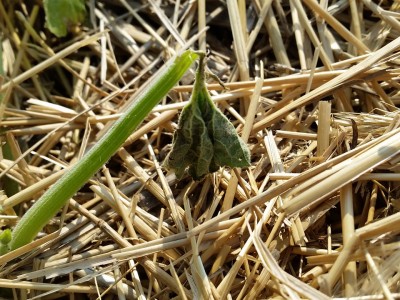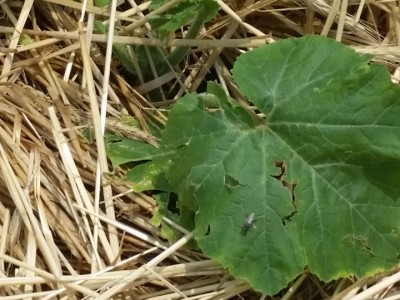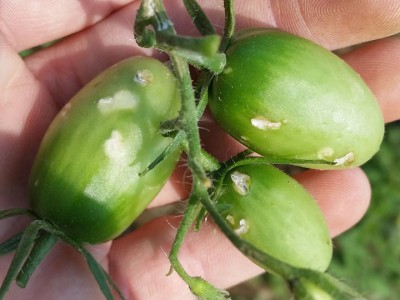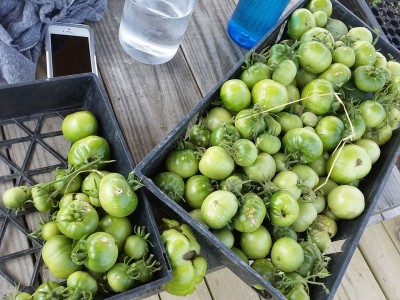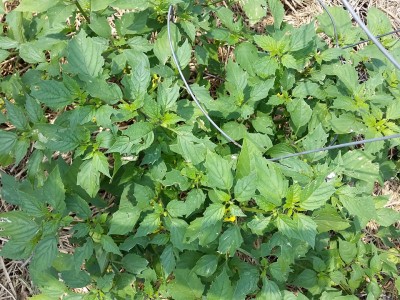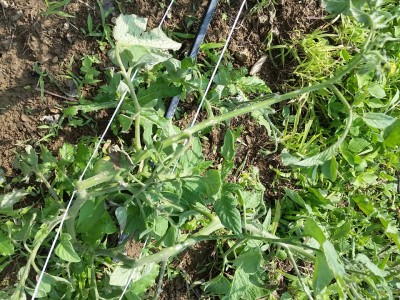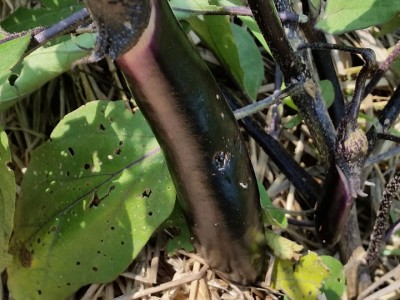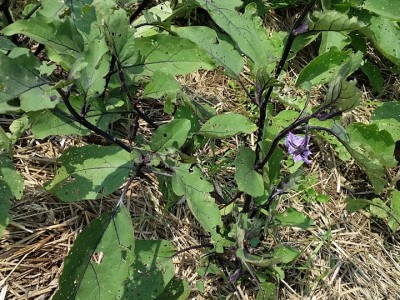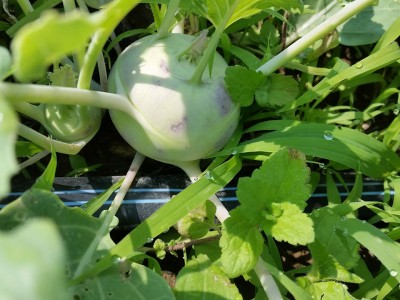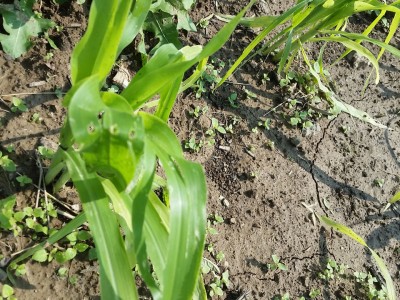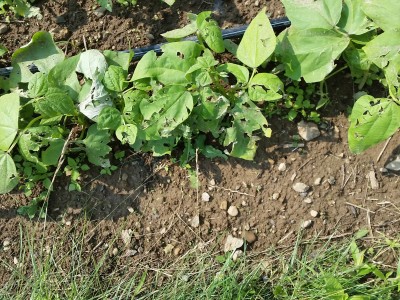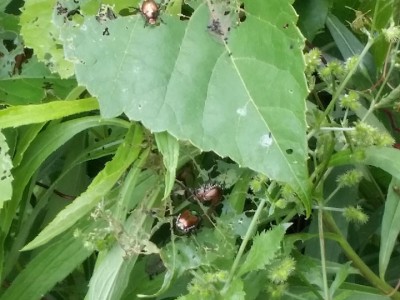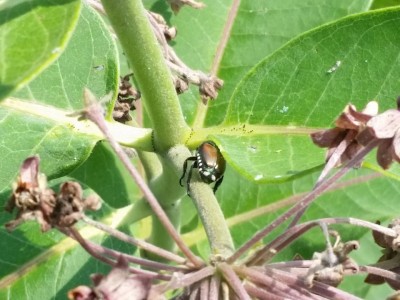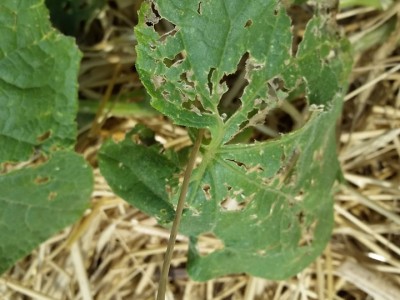Hey Farmers,
The storm now weeks past brings to light a lot of issues that are becoming increasingly salient for people around the globe. As an educational establishment, standing with one foot in agriculture and the other in academia, we at LaFarm study the broader food and agriculture system and its interconnectedness with human society as well as the rest of the world beyond humans. Therefore, it is necessary to discuss the ripple effect of non-human events (natural disasters, even small ones) through this indelible network of human and non-human processes.
This storm was not actually too huge. It’s definitely not the biggest storm that’s hit this area in the few years I’ve been here (as we should not forget hurricanes Sandy and Irene.) And yet the damage it did to us was devastating. As I said in my last post, this storm could have easily ended a young farmer’s career. The localized hail and wind damage alone took a good percentage of our overall yield away, and the cost of dealing with the ramifications is high enough to make a farm dip far into the red.
So consider farms at our scale. Very small, very local. Other such farmers could sell to a local market, run a CSA with a few dozen shares maybe, or a combination of both. Even a minor natural disaster, one where no person was too seriously injured, maybe one downed power line or already is having a huge effect on these people. The farm gets hit hard, the farmer and their family is out of a job, and could lose the land. CSA members may get a refund, or maybe the farmer can’t even get that money back to them. Thousands of dollars are lost or turned into debt, and a lot of families’ economic situations are complicated. A market gardener loses supply and the market doesn’t make them money any more, they lose customer loyalty and even if they somehow make it back to the market next year, they now have a harder time competing. Think about this happening to an area that’s close to a food desert. Imagine the families buying fresh vegetables from the market on SNAP benefits, or who rely on their local urban farm who might not be able to get produce from anywhere else around. So there’s hits in the health and stability of families as well.
Now think about the problem scaled up. Imagine a mid-scale producer being hit with a bad storm or an awful flood. If they sell wholescale to the local hospital or school, there’s going to be a lot of economic disruption for years to come, not to mention the potential for a food shortage. And then a large farm being hit with a bad hurricane, tornado, earthquake, or drought (I’m thinking out west right now.) The potential ramifications will have effects on thousands of people easily.
So given that storms and other natural disasters are going to get worse from here on out, what can help the food system become more resilient against the potential of natural disasters? Well, a lot of things:
- Local food networks. Say you’re the administrator of a hospital, looking at where to source your food. If you buy all of your food cheap from mono-croppers halfway across the country, and any one of the few farms you source from gets hit, that’s potentially catastrophic. But, if you source from 20 different farms within 100 or 200 miles of the hospital in any given direction, than one single event can’t completely disrupt your food supply.
- Grassroots support organizations. With farmers helping each other, CSA members who are willing to come help after a storm or flood, a co-op designed to support its member farms, or a myriad of other possible formal or informal partnerships, every producer benefits in their time of need.
- More diversified growers. If you run an just orchard, a hail storm can destroy a whole year’s crop, if you grow only annual vegetables, a bad flood could wipe away your whole farm. But only the worst flood could carry away an established nut or fruit tree and hail can’t annihilate forage crops grown in the understory of a food forest.
- Better policy support for small, diversified farmers. Large mono-croppers can get some form of crop insurance, but diversified growers cannot. There’s plenty of subsidies for conventional corn growers, but not so much as an assistance program for diversified organic growers. We need policies in this country (and in other countries as well) that can support the sort of system we need to be sustainable.
In addition with the slow plodding push for that sort of change, already started by others, individual farmers can prepare themselves in several ways:
- Educate yourself about how to deal with damage due to natural disasters. Look for webinars, ask your USDA extension agent, or learn from other farmers.
- Form partnerships with other farmers. Tool lending libraries, co-ops, and even just friendships with other farmers in your area will help you and them be prepared with both the knowledge and skills necessary for when disaster strikes. In addition, if everyone helps each other become established, everyone will already be in a better place when something does happen.
- Educate your customers about agriculture’s relationship with natural disasters, and society in general. This will make everyone a better ecological citizen, who may be more likely to be understanding and not need a refund for part of a CSA share lost to drought, or pay extra for your remaining produce at the stand after a storm.
There’s a lot of work to be done to make our food system sustainable in the face of a climate-change stricken world
